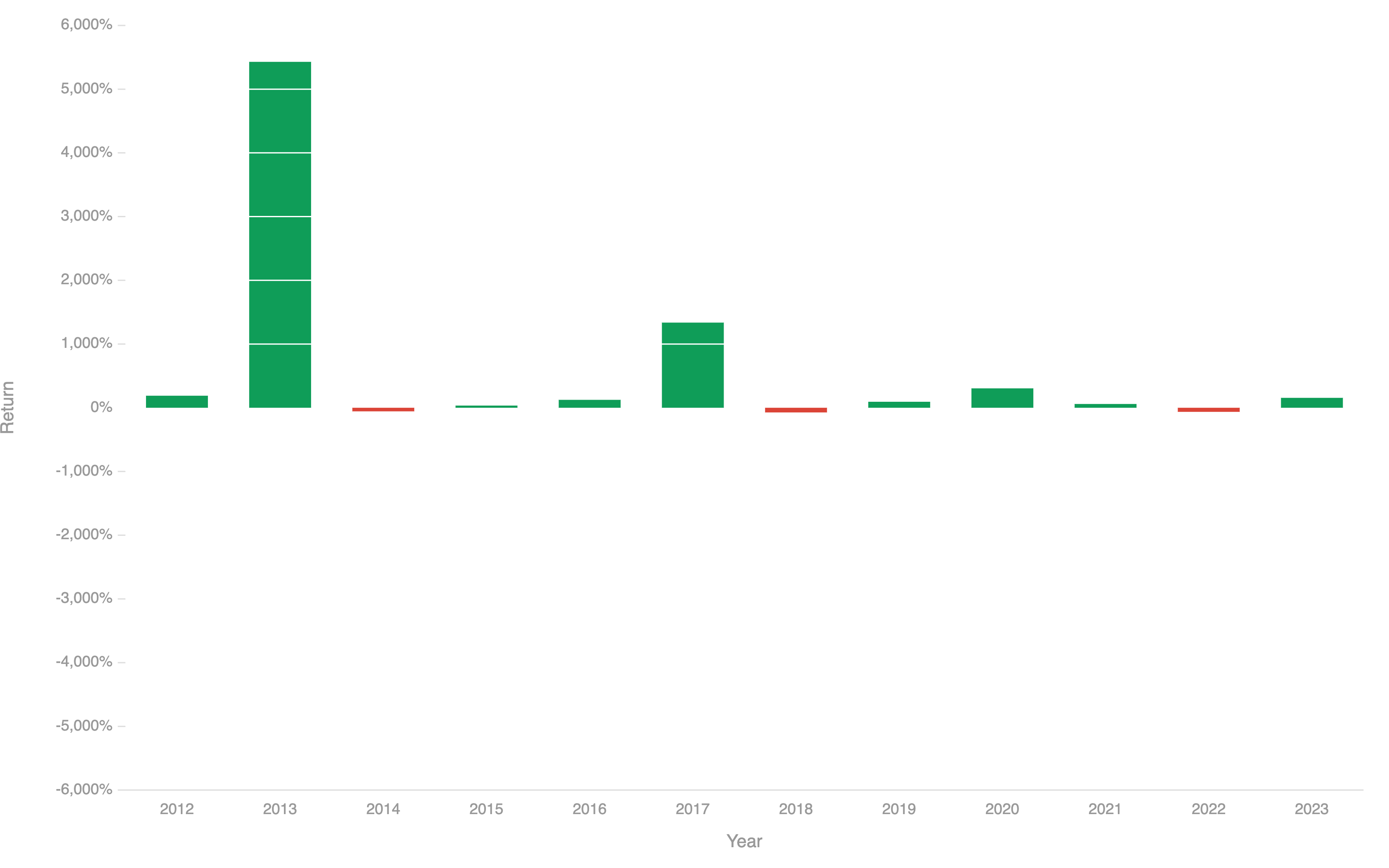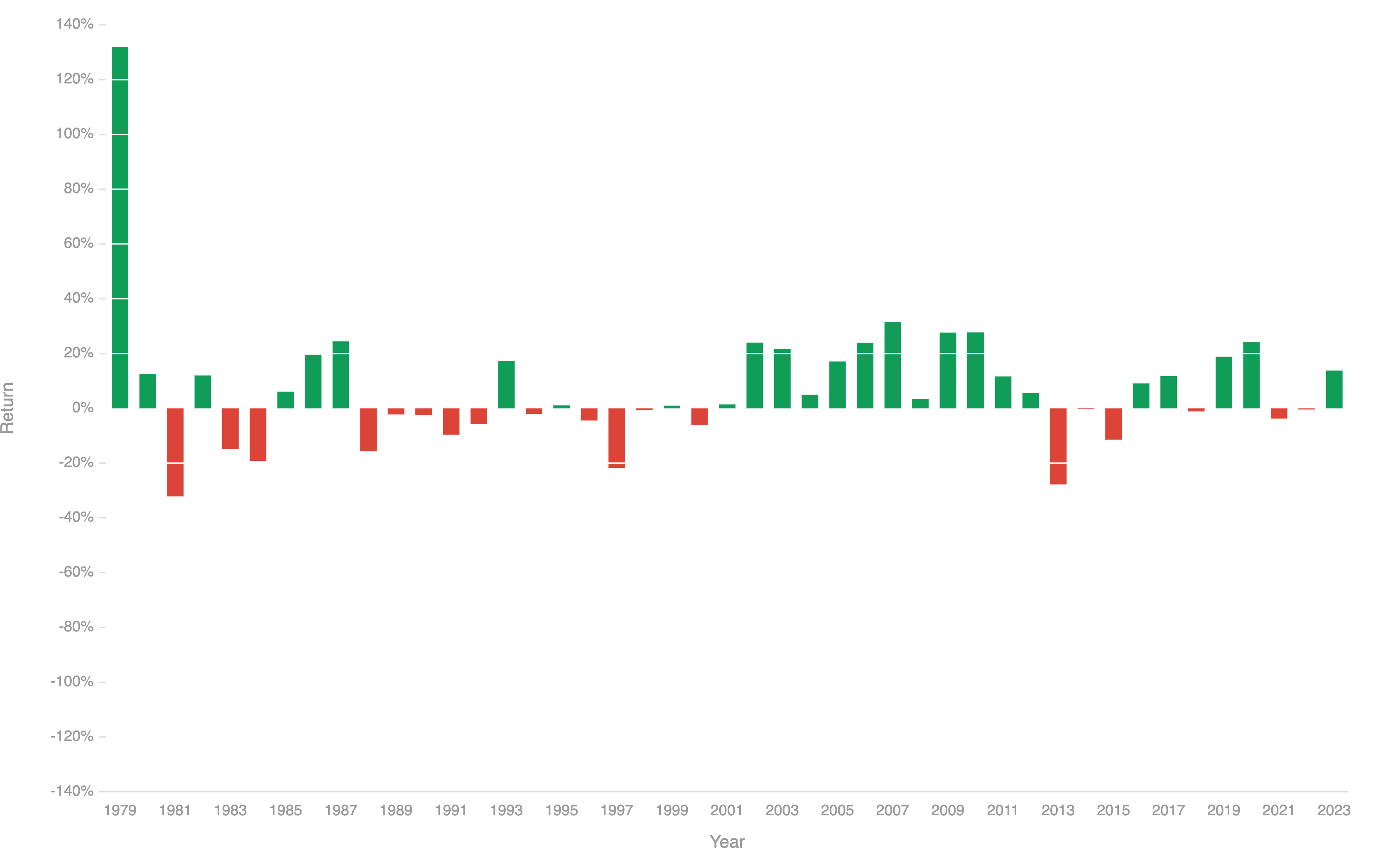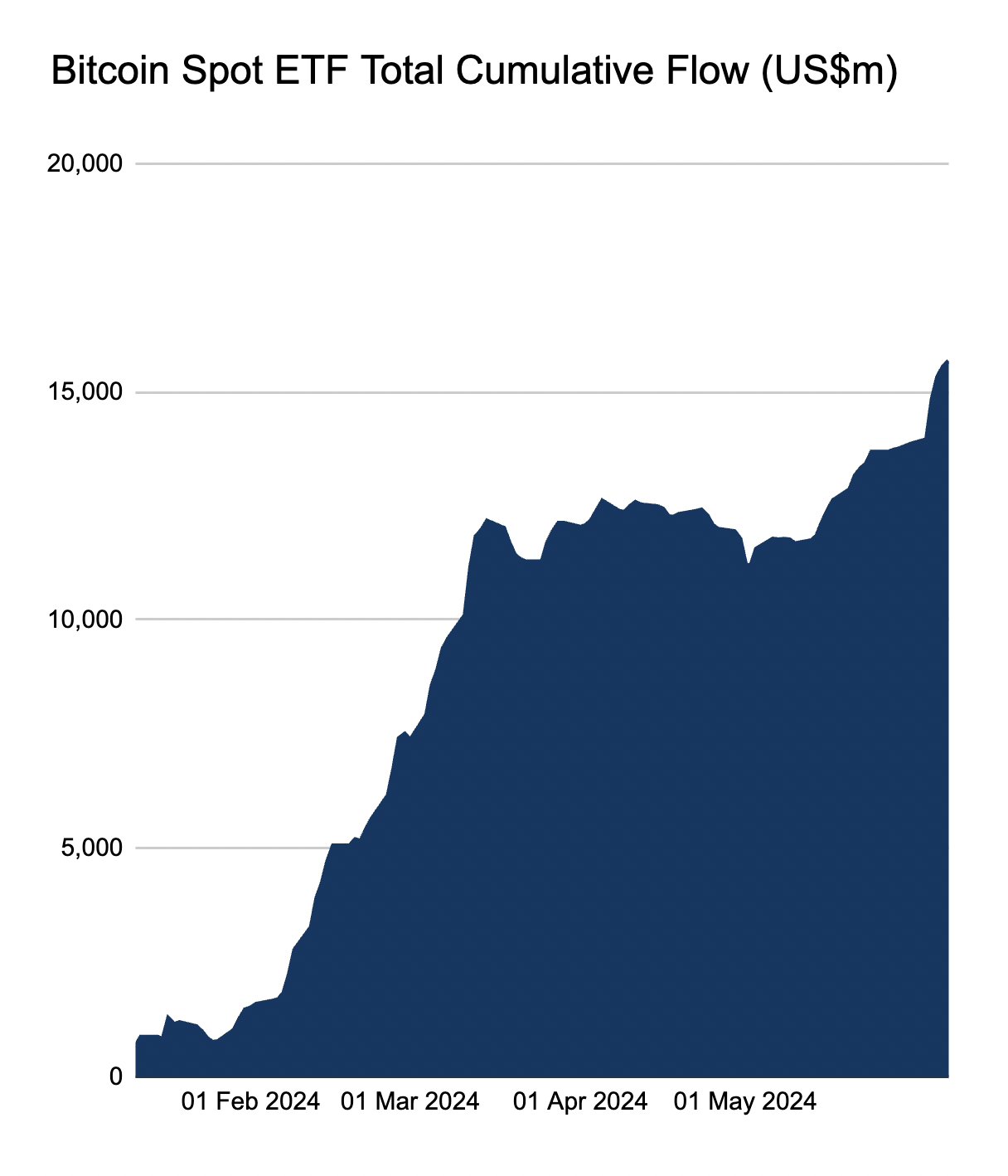Comparing the compound annual growth rate (CAGR) of Bitcoin (BTC) with returns shows that

Comparing the compound annual growth rate (CAGR) of Bitcoin (BTC) with the returns generated by Warren Buffett’s portfolio – with his top holdings being Apple, Bank of America, American Express, Coca-Cola and Chevron Corp – shows significant risks and very different risks. reward profiles. And performances over different periods.
Warren Buffett’s portfolio: less risk, same gains in stocks
For example, according to data resource Lazy Portfolio ETF, Warren Buffett’s portfolio has experienced a compound annual growth rate of 10.03% with a standard deviation of 13.67% over the past 30 years. In comparison, U.S. company stock portfolios generated somewhat similar returns, but with a higher standard deviation.
In other words, the Oracle Omaha portfolio performed impressively despite being less volatile or less risky than U.S. stock portfolios. Its investment philosophy emphasizes long-term value investing, prudent risk management and a preference for fundamentally sound companies.
Bitcoin Outperforms Buffett’s Risk Aversion Portfolio
In comparison, Bitcoin’s performance has been nothing short of exceptional. Since its debut in 2011, Bitcoin has generated an impressive average annual return of around 104%. This figure easily exceeds the returns of Warren Buffett and US stock portfolios each year, on average, for the past thirteen years.

Bitcoin’s compound annual growth rate is also much higher than that of its safe-haven rival gold, which has returned an average of 6% per year over the same period. This shows that although US stock portfolios have achieved a CAGR similar to Warren Buffett’s, their high volatility may make them unsuitable for risk-averse investors.
With a modest average annual return of 6% over the past decade, gold offers relative stability and acts as a hedge against economic downturn.

Many traders and investors view Bitcoin as “digital gold” and view it as a hedge against inflation and currency depreciation.
This perception has strengthened its appeal as an asset over the years. It is worth noting that several US companies, such as MicroStrategy and Tesla, added Bitcoin to their reserves, followed by the launch of spot Bitcoin exchange-traded funds (ETFs) which strengthened their position among institutional investors.

However, Bitcoin remains very volatile, with its price subject to extreme fluctuations, when compared to the stable returns of Warren Buffett’s portfolio. However, in recent years, Bitcoin has shown lower volatility than many S&P 500 stocks, including Tesla, Meta, and Nvidia.
Related: Warren Buffett’s Berkshire Hathaway Has Crashed 99%… Against Bitcoin Since 2015
Warren Buffett’s portfolio represents a more conservative long-term strategy with consistent returns and manageable risks, despite his exposure to a new pro-crypto bank, Nu Holdings.
In contrast, Bitcoin has generated much higher returns, despite significant volatility and several major recessions over the past thirteen years.
This article does not contain investment advice or recommendations. Every investment and trading move involves risk, and readers should conduct their own research before making a decision.